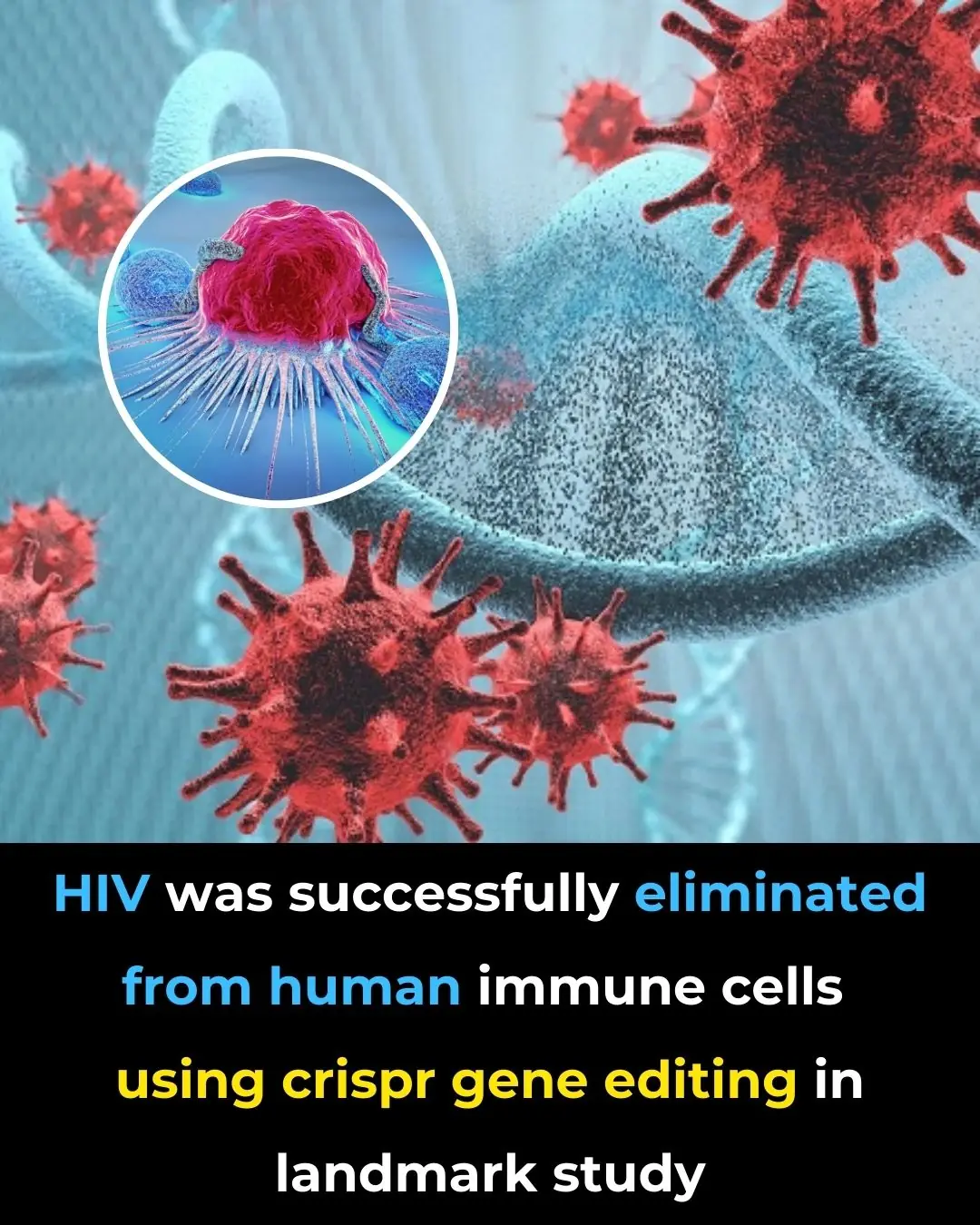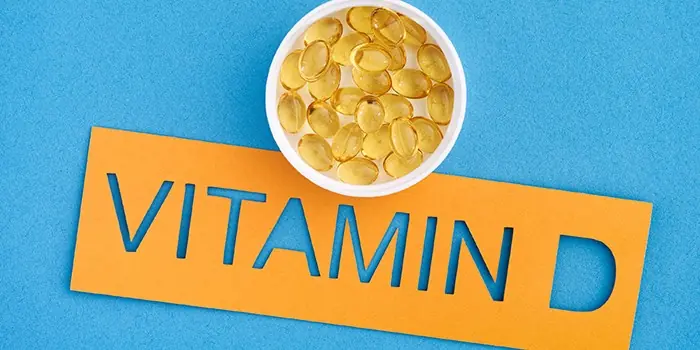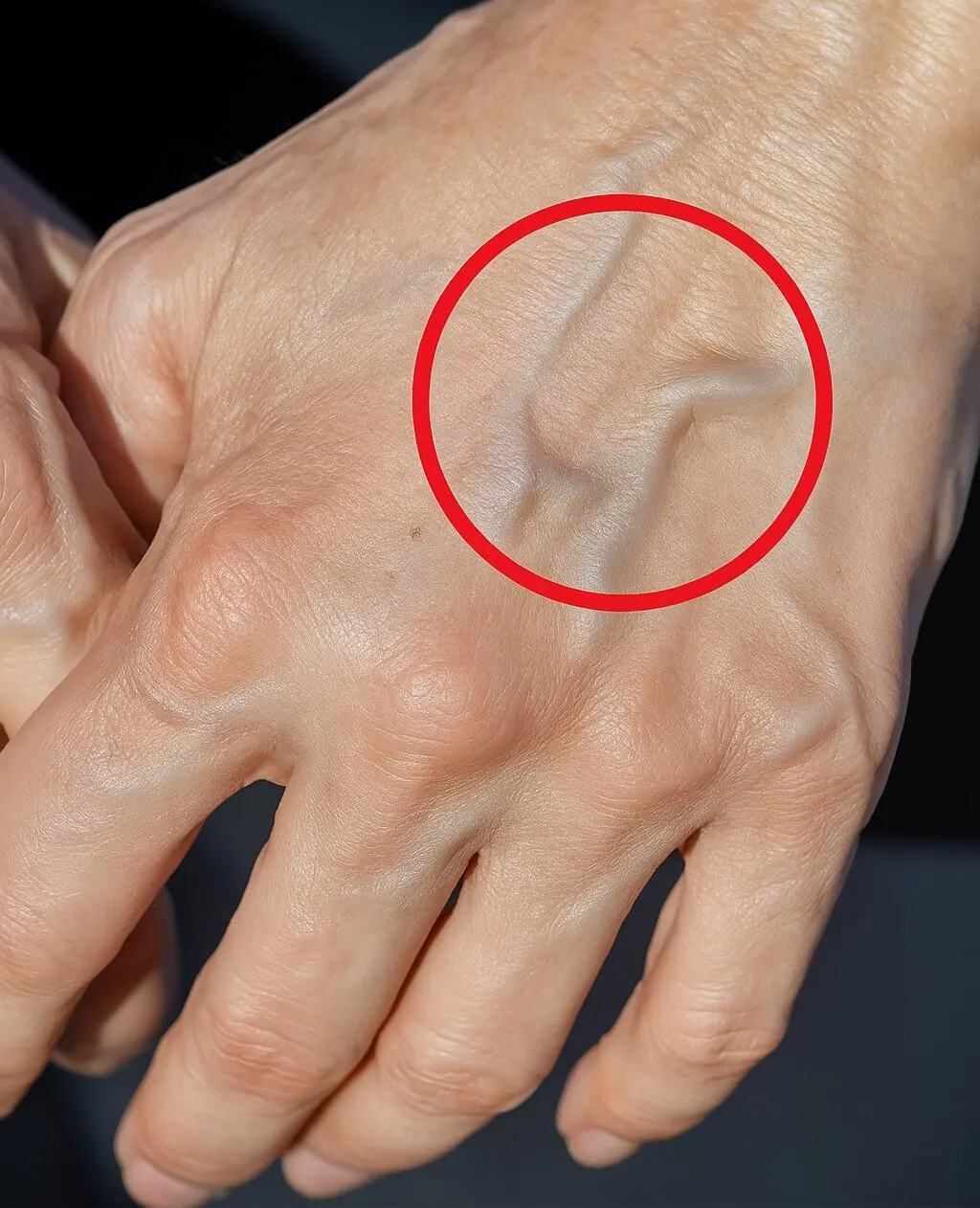
How to Eat Right for Your Blood Type
How to Eat Right for Your Blood Type
The Blood Type Diet, developed by naturopathic physician Peter D'Adamo and detailed in his book Eat Right 4 Your Type, is a dietary approach that suggests a person's ideal diet is determined by their blood type. The theory is that different blood types respond differently to certain foods because of a reaction with lectins, which are carbohydrate-binding proteins found in various foods. When specific lectins interact with blood type antigens, it can have an unfavorable effect on health.
D'Adamo categorizes people into four groups based on their blood type, each with a distinct dietary profile based on a supposed evolutionary history.

The Four Blood Types and Their Diets
1. Type O “The Hunter”
-
D'Adamo's Premise: This is the oldest blood type, and the diet is based on the eating habits of early hunter-gatherers.
-
Foods to Eat: This diet is high in protein. Recommended foods include lean red meat, poultry, and seafood. Acceptable vegetables include kelp, spinach, kale, and broccoli.
-
Foods to Avoid: Individuals with type O blood should limit or avoid wheat, grains, legumes (such as peas, beans, and lentils), peanuts, dairy, and eggs.
2. Type A “The Agrarian”
-
D'Adamo's Premise: This blood type is believed to have emerged with the development of agriculture.
-
Foods to Eat: This diet is largely vegetarian. It emphasizes fruits, vegetables, and whole grains. Good protein sources include soy and nuts.
-
Foods to Avoid: D'Adamo recommends that type A individuals strictly limit their consumption of most meats (including beef, pork, and many types of bird and fish) and dairy products due to limited meat-digesting enzymes. Kidney beans should also be avoided.
3. Type B “The Nomad”
-
D'Adamo's Premise: This type is thought to have originated with nomadic tribes, leading to a versatile digestive system.
-
Foods to Eat: This is the most balanced diet of the four, as it is omnivorous. Recommended foods include red meat, turkey, fish, a wide range of green vegetables, fruits, and dairy products, which are handled well by this blood type.
-
Foods to Avoid: Type B individuals should avoid corn, lentils, seeds, chicken, buckwheat, and peanuts.
4. Type AB “The Enigma”
-
D'Adamo's Premise: This is the most recent blood type, borrowing characteristics from both A and B.
-
Foods to Eat: This diet focuses on a mix of vegetarian and omnivorous foods. It recommends a diet rich in vegetables, fish, turkey, seafood, tofu, and legumes. Acceptable fruits include watermelon, figs, apples, and bananas.
-
Foods to Avoid: Red meat should be avoided due to lower stomach acid levels, similar to type A. Like type B, buckwheat and corn are not recommended. ABs are also advised to steer clear of excessive alcohol and caffeine.
Benefits and Criticisms
Benefits:
-
Emphasis on Whole Foods: The diet encourages the consumption of whole, unprocessed foods and discourages junk food, which naturally leads to better health outcomes.
-
Structure and Discipline: The diet provides a clear and detailed guide for food intake, which can help individuals maintain discipline and achieve weight loss.
-
Positive Anecdotal Reports: Millions of people who have tried the diet claim it has been effective for weight loss and improving their overall health.
Potential Problems:
-
Lack of Scientific Support: The central premise of the Blood Type Diet—that blood type determines the ideal diet—is not widely supported by scientific research. Major studies have not found a link between blood type and the health benefits of the diet.
-
Nutritional Deficiencies: The restrictive nature of the diet for some blood types could lead to nutritional deficiencies. For example, a type A individual who severely restricts meat may need to find alternative sources for iron and protein, while a type O who avoids dairy may need to ensure they get enough calcium.
-
Cost and Specificity: The strict guidelines can make grocery shopping more specific and potentially more expensive.
Before starting the Blood Type Diet, it is important to consider if you are ready to commit to its specific restrictions. While it may lead to some health improvements by promoting a healthier eating pattern, it's crucial to be mindful of potential nutritional gaps.
News in the same category


Clear Throat Mucus Fast With These Tried-and-Tested Remedies They Don’t Want You to Know

9 Warning Signs of Magnesium Deficiency You Shouldn't Ignore

Poor Postcancer Surgery Outcomes Tied to 3 Factors

Teamwork Boosts Primary Care Doc Job Satisfaction, Cuts Stress

HIV Was Successfully Eliminated from Human Immune Cells Using CRISPR Gene Editing in Landmark Study

Scientists Discover An “Off Switch” For Cholesterol—And It Could Save Millions Of Lives

How to Treat Urinary Tract Infection (UTI) Naturally According to Science

4 Common Causes of Body Pain on the Right Side

12 Subtle Vitamin D Deficiency Symptoms That Most People Ignore

What Your Heart Experiences When You Drink Energy Drinks

When to Worry About Veins That Appear Out of Nowhere

This is what sleeping on the left side does for our brain, stomach & glymphatic health
Sleeping position might be the last thing you think about before bed, but it can have a powerful impact on your health. Experts say that lying on your left side could improve digestion, support brain detox, ease back pain, and even enhance circulation.

Mother Rushes To Emergency Room To Deliver Triplets: Then Nurses Look Closer At Their Faces And Freeze

The First Ever Albino Twins Born In Argentina Will Leave You In Awe

Doctor Reveals: MRI Scan Of The Face Of A 33-Year-Old Woman Reveals Where All Of Her Filler Went

Man Loses Pulse For 45 Minutes, Wakes Up, And Reveals This Spine-Chilling Vision Of Afterlife

Your Heart May Be Older Than You Are

6 Types of Pain You Shouldn’t Ignore
News Post

Get Rid of Throat Mucus Faster With These Home Treatments (Evidence Based)

Clear Throat Mucus Fast With These Tried-and-Tested Remedies They Don’t Want You to Know

9 Warning Signs of Magnesium Deficiency You Shouldn't Ignore

Poor Postcancer Surgery Outcomes Tied to 3 Factors

Teamwork Boosts Primary Care Doc Job Satisfaction, Cuts Stress

HIV Was Successfully Eliminated from Human Immune Cells Using CRISPR Gene Editing in Landmark Study

Scientists Discover An “Off Switch” For Cholesterol—And It Could Save Millions Of Lives

How to Treat Urinary Tract Infection (UTI) Naturally According to Science

4 Common Causes of Body Pain on the Right Side

The Truth About Eating the Black Vein in Shrimp Tails

12 Subtle Vitamin D Deficiency Symptoms That Most People Ignore

What Your Heart Experiences When You Drink Energy Drinks

Eyes Full of Hope, Heart Full of Trust.

When to Worry About Veins That Appear Out of Nowhere

This is what sleeping on the left side does for our brain, stomach & glymphatic health
Sleeping position might be the last thing you think about before bed, but it can have a powerful impact on your health. Experts say that lying on your left side could improve digestion, support brain detox, ease back pain, and even enhance circulation.

I Haven’t Seen My Daughter in 13 Years — Then a Letter Arrived from a Grandson I Never Knew

This is why you should keep the bathroom light on when sleeping in a hotel
Leaving your hotel bathroom light on at night might seem unnecessary, but it could be a small habit that makes a big difference for your comfort and safety. From preventing nighttime accidents to deterring intruders, experts say this simple tip can protec

Wife Left Husband to Raise Their Baby Alone — 20 Years Later, She Reached Out to Their Daughter
